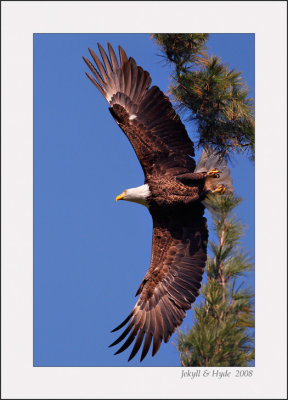Awesome photos. Thanks for the information on the 400 prime. I'm seriously considering this combo (70D & 400 prime). This combo would cost me about $2,350 at current prices. That's not bad! The 70D & 100-400 L I I combo would run about 3,200. Quite a difference! Leaning towards the 400 prime. Really wish it had IS as I'll primarily be handholding.
Many thanks Doug. Birding really gets into your blood

. I've shot with a fair number of lenses over the years for birding, and still keep coming back to the 400 prime. It's just so fast and sharp and well-behaved. I do shoot
bursts even for stills. Good breath control is a must.
Fortunately though when I
really really need IS, I have the luxury of opting for the 300 f/4L IS (like last weekend shooting my niece's H.S. play). I shot the whole thing handheld wide open at 1/60 sec (or slower) with IS on, @ ISO 1600 (single point AF in AI Servo, BBAF). Many hundreds of shots and the amazing 70D hit focus on 100% of them, I kid you not. Only lost shots due to subject motion blur or occasional camera shake (I used the extremely useful "silent shutter" drive mode)...

The 300/4L IS is exceptionally good for some types of shooting, but usually a little short for birds.
Really, the only other birding lens I'd consider upgrading to would be the 500 f/4L IS II. That's just me of course, and other folks have been extremely successful with other lenses. You just have to weigh your priorities. Good luck!
Thanks again for the kind comments,
R2
--
Good judgment comes from experience.
Experience comes from bad judgment.
http://www.pbase.com/jekyll_and_hyde/galleries










